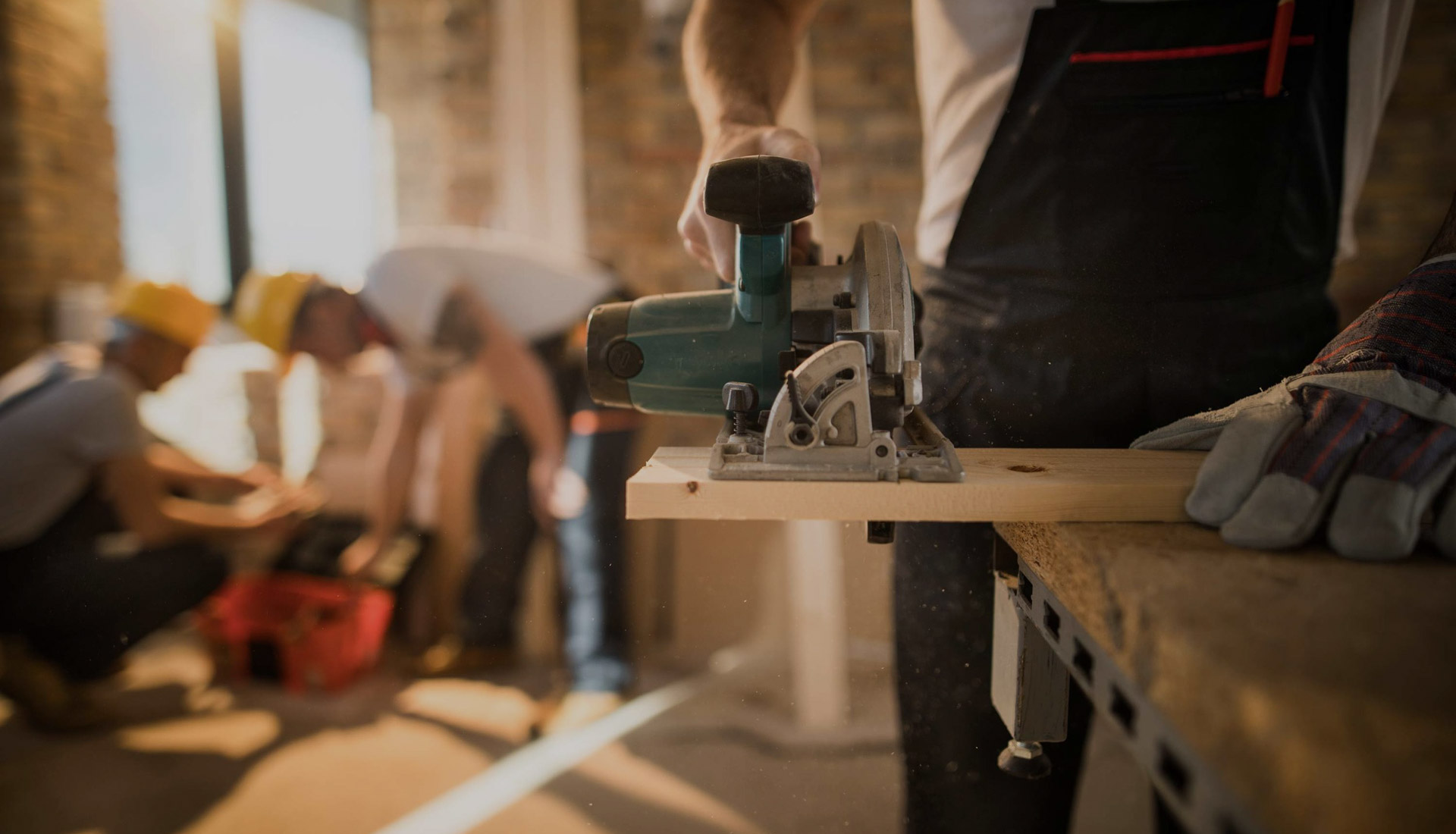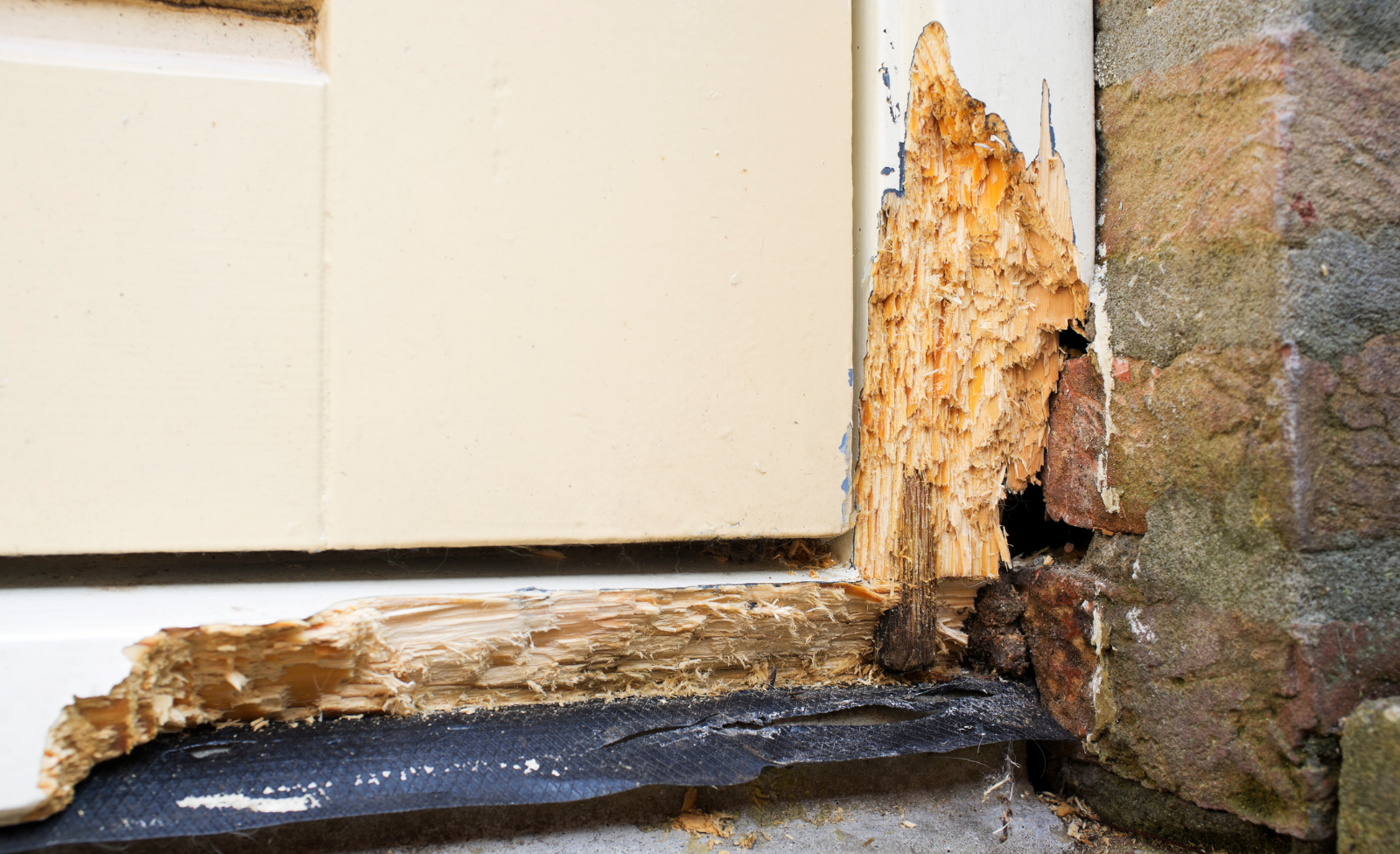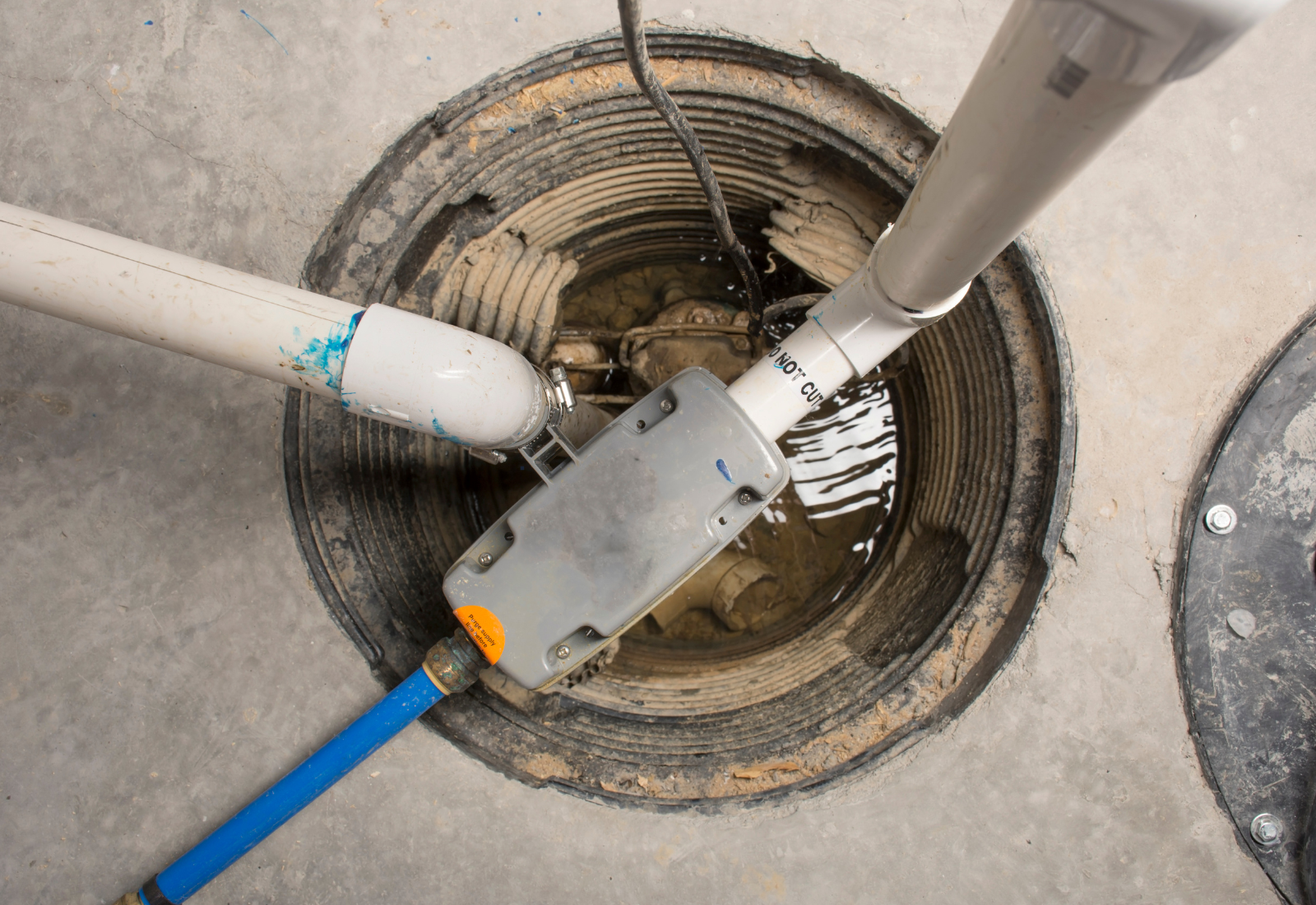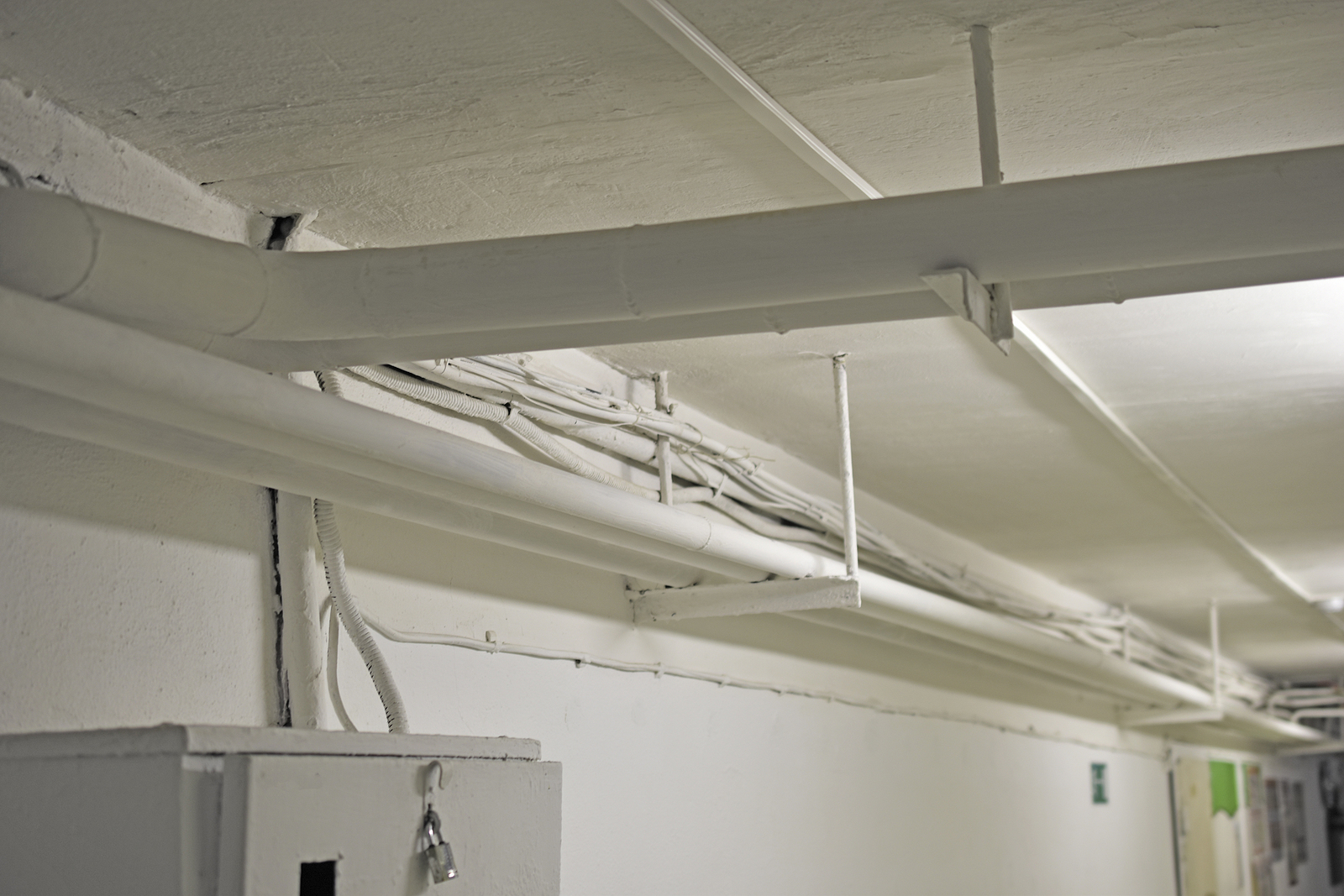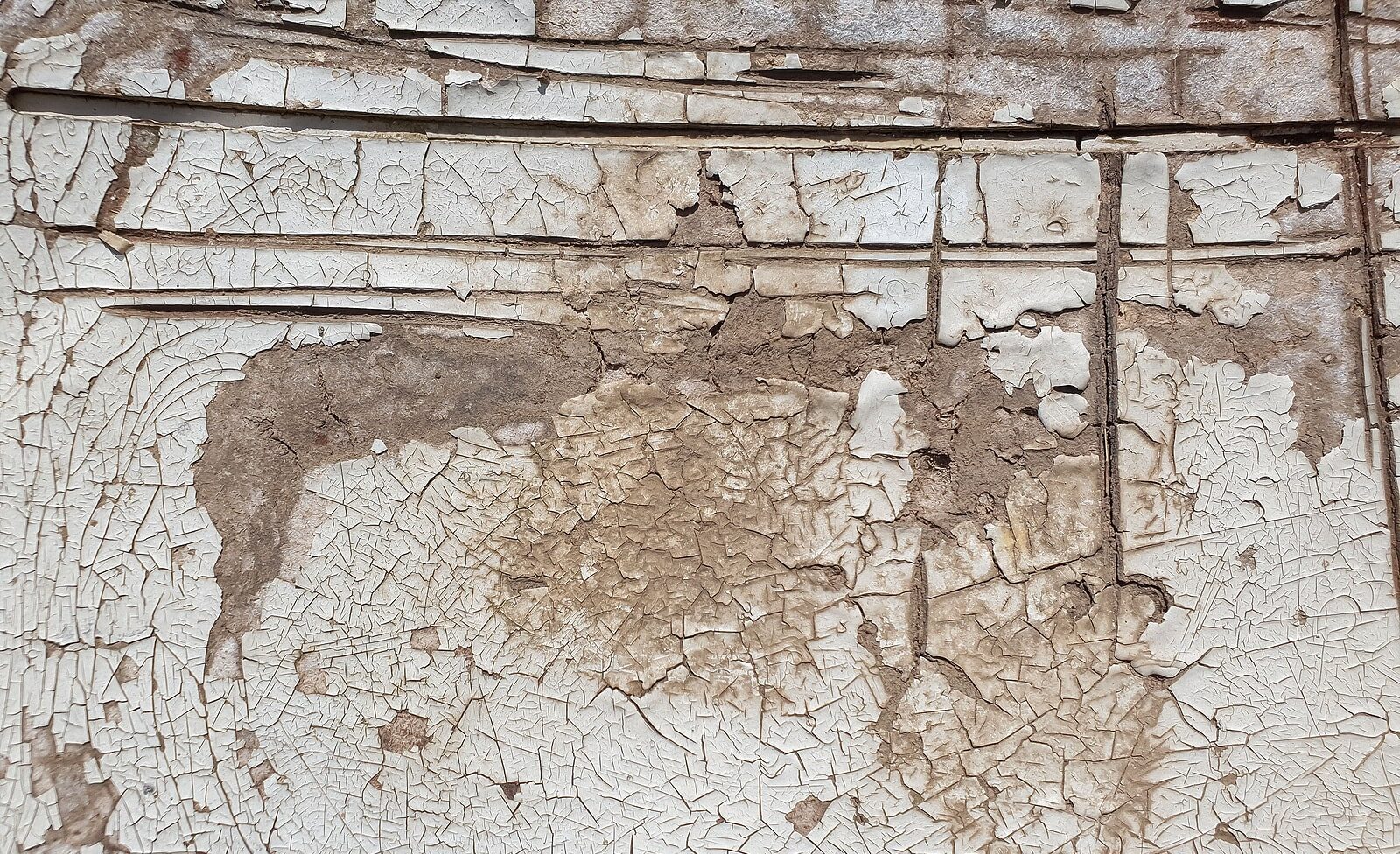
What is Dry Rot and How Can You Prevent It?
Dry rot is a common problem in residential and commercial buildings. It can affect virtually any structure with wooden components and can mean thousands of dollars in damage if it is left untreated. Even when it is removed, measures must be taken to ensure that it does not recur in the future. Working with a dry rot repair service is critical to ensuring your home or commercial property is safe and structurally sound.
What is Dry Rot?
Dry rot, or wood rot, is wood decay that is caused by fungi. It happens when wood becomes too wet and its moisture content grows to over 20%. Wood that is left damp over a period of time will begin to deteriorate. At that point, the wood-destroying fungus attacks the timber, causing major damage. It is one of the most dangerous forms of fungal decay, as it can spread quickly throughout wood and into masonry. It can also permeate beams and structural timbers, door frames, walls, and flooring of properties of all ages.
Where Does Dry Rot Occur?
Because dry rot spreads so quickly, it can affect virtually any part of a building with wood. However, some parts and spaces are typically more damp or susceptible to standing water than others, making it easier for the fungi to flourish. The following parts of a building are most commonly affected by dry rot:
- Windows – Modern windows are designed to prevent leaks. However, one small gap due to improper sealing can allow rain to leak in and saturate the wood around the window. Older buildings that have not had their windows replaced are especially susceptible to this damage. If you can detect a draft near your window, it is best to consult with a local dry rot repair specialist as soon as possible.
- Basements – High humidity and moisture is common in basements, as the concrete walls are surrounded by moist soil. This can cause water vapor to form on the wooden components and wall surfaces. Once the wood rot takes hold, it will spread unnoticed until it causes structural damage.
- Rooms with Running Water – Any room that has access to running water, such as a bathroom, a kitchen, or a utility room with a water heater, is at-risk of wood damage. Leaks are common around water supply lines, and drain pipes provide an optimal environment for fungi.
- Doors – Gaps between doors and sidings are very common. As with windows, older buildings that have not had their doors replaced are especially likely to have leaking issues. Water can easily enter through these gaps. Doors and framing are often made from wood, making doors that lead to building exteriors especially prone to wood rot.
How Does Dry Rot Spread?
Dry rot fungus produces spores. These spores generally travel through the air. They germinate when they reach wood that has been exposed to high moisture levels or standing water. In order to grow, these fungal spores need a food source, which is the wood they permeate. They also need oxygen, and ideally, temperatures between 71- and 77-degrees Fahrenheit. If it is not stopped by a dry rot removal service, it will cause the wood to disintegrate, which can lead to collapse and damage to other structural elements.
What Does Dry Rot Look Like?
Dry rot presents itself in different forms depending on which of the following four stages of its life cycle it is currently in:
- Spores – Dry rot starts out as orange-, brown-, and rust red-colored spore dust.
- Hyphae – When spores come into contact with wood, they germinate and produce hyphae. Hyphae appear as fine grey strands that grow through the timber.
- Mycelium – Hyphae generate mycelium growth by multiplying. Mycelium is characterized by a grey, cotton-like substance that spreads throughout masonry searching for wood on which to feed.
- Sporophore – At this stage, the fungus looks like mushrooms. It is rust-red in color and is often flat.
Signs of Dry Rot
In some cases, dry rot can be spotted through visual inspection. Otherwise, there are some tell-tale signs even when it is not visible. If you notice the following in your home or commercial property, call a local dry rot repair service immediately:
- Damp, fungal odor
- Brittle, dry wood
- Shrinking, warping timber
- Cracking across wood grain
- Orange patches
- Flaking paint
- Insects
How Can Dry Rot Be Prevented?
Once you have identified dry rot in your home or commercial building, it is absolutely essential that you make an appointment with a dry rot service as soon as possible. A professional can extract the fungi, repair the damaged structural elements, and ensure that the rot does not return in the future. Fixing the source of the issue so that it does not happen again is just as important as removing the fungus. In order to prevent regrowth, you will need to stop the source of moisture and make sure it is well-repaired and fortified against leaks. All infected timber and wood must be removed, and the area must be treated with fungicide treatment to create a barrier against fungal growth. The wood then needs to be replaced with pre-treated timber to prevent future infestation.
Further measures may be necessary depending on the situation, such as the addition of a dehumidifier to control moisture levels. In the future, it is a good idea to check that your doors and windows are sealed with caulk, your gutters are cleaned regularly, and your entryway doors are covered to keep rain away. Dry rot can not be definitively prevented from coming back after removal without the assistance of a professional, so be sure to contact a local wood rot repair service.
Contact Us
If you are in need of dry rot repair in Marin County, CA, contact Victor Construction & Engineering today. We conduct on-site assessments and offer comprehensive dry rot removal, repair, and prevention services in San Francisco. Call 415-235-5656 or fill out our online form to schedule a dry rot removal appointment now.


